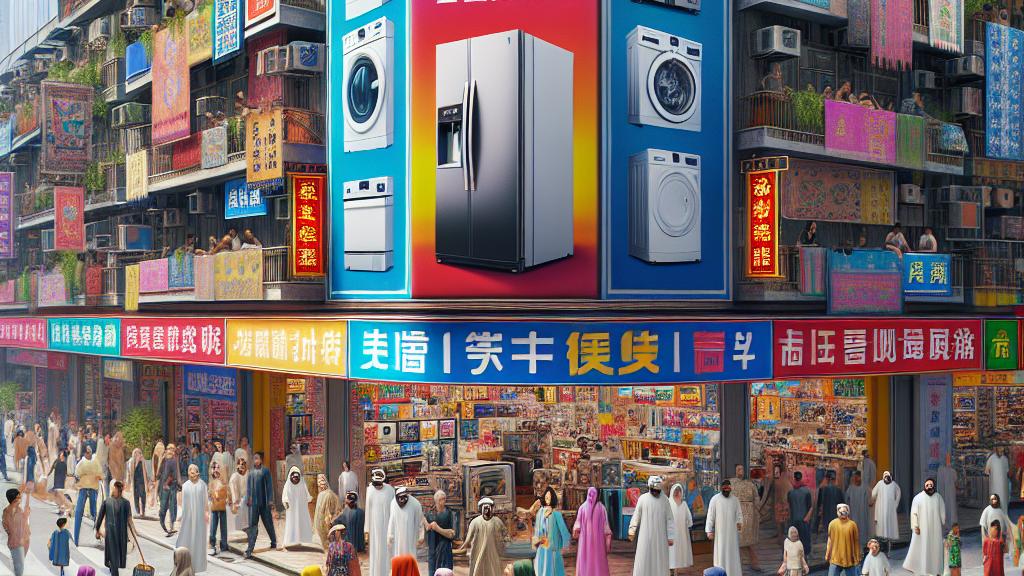China's Urban Consumer Subsidy Initiative Amid Economic Challenges
Overview
- With consumer demand plummeting, Chinese cities are rolling out substantial subsidy programs to stimulate spending.
- Deflationary pressures threaten the economic stability of China, heightening the need for urgent and effective intervention.
- These subsidies aim to boost sales of durable goods while simultaneously rebuilding consumer confidence in the economy.

Consumer Subsidies in Urban China
In the bustling tech hub of Shenzhen, substantial changes are underway as local governments introduce ambitious subsidy initiatives aimed at revitalizing consumer spending. Picture this: a bright, eye-catching banner at a local appliance store proudly announces discounts of up to 20% on a diverse array of household items from refrigerators to washing machines. This exciting development is a significant increase from the mere 10% discounts offered just weeks prior, igniting a spark of hope in an otherwise hesitant consumer landscape. As delighted shoppers flocked in search of bargains, their newfound enthusiasm suggests that the tide may be turning, helping to breathe life back into a flagging economy.
Deflationary Pressures Looming Large
However, looming over this wave of optimism is a formidable threat: deflation. Experts are sounding alarms about the potential for a deflationary spiral, which could spell trouble for the economy if left unchecked. When prices fall, as they have been, consumers instinctively hold back on spending, waiting for what they believe will be even lower prices in the future. Consider the implications: retail sales growth has dropped to a disappointing rate, a clear indicator that many consumers are tightening their belts. This behavior doesn't just stall sales—it risks creating a vicious cycle where businesses, fearing shrinking profits, might cut wages or even lay off employees. Such actions may lead consumers to feel increasingly insecure about their jobs, triggering a cycle of economic pessimism and stagnation that could echo through the years.
The Essential Role of Government Subsidies
In response to these pressing challenges, the Chinese government is implementing a comprehensive nationwide subsidy program designed to jumpstart consumer spending in urban settings. This innovative initiative does not merely stop at providing rebates on high-ticket durable goods like cars or sophisticated electronics—it also encourages trade-ins to entice consumers to update their purchases. Each city has the flexibility to tailor these programs to their unique circumstances, ensuring that they remain relevant and impactful. The goal is straightforward yet ambitious: by alleviating some of the financial pressure on consumers, the hope is to rekindle their confidence and drive them back into stores. The path forward is clear; the success of these subsidies will be critical in determining whether China can navigate its way out of this precarious economic situation and emerge more resilient than ever.

Loading...